- Understanding Peronosporosis and its Impact on Garlic Plants
- Prevention and Control
- Conclusion
- Early Detection of Peronosporosis: Identifying Symptoms
- Yellowing and Wilting Leaves
- Fuzzy Growth on the Underside of Leaves
- Purple or Brown Lesions on Stems and Bulbs
- Stunted Growth and Reduced Yield
- Summary
- Preventing Peronosporosis: Strategic Measures for Garlic Farmers
- 1. Crop Rotation
- 2. Sanitation
- 3. Resistant Varieties
- 4. Proper Plant Spacing
- 5. Irrigation Management
- 6. Fungicide Applications
- Choosing Resistant Garlic Varieties: Building a Strong Defense
- 1. Disease Resistance
- 2. Genetic Diversity
- 3. Climate Adaptation
- 4. Field Observations
- 5. Disease Management Plan
- Optimizing Garlic Growing Conditions: Creating a Hostile Environment for Peronosporosis
- 1. Choose the Right Location
- 2. Prepare the Soil
- 3. Practice Crop Rotation
- 4. Provide Adequate Spacing
- 5. Implement Good Watering Practices
- 6. Manage Weeds
- 7. Monitor for Signs of Disease
- 8. Practice Good Harvesting and Storage Techniques
- 9. Keep Records
- 10. Seek Professional Help if Needed
- Effective Chemical Treatments: Controlling Peronosporosis Outbreaks
- Application Guidelines
- Integrated Pest Management (IPM)
- Natural Remedies: Organic Approaches to Combat Peronosporosis
- 1. Crop Rotation
- 2. Proper Spacing and Air Circulation
- 3. Use of Organic Fungicides
- 4. Regular Removal of Infected Leaves
- 5. Proper Watering Techniques
- 6. Use of Resistant Garlic Varieties
- Conclusion
- Long-Term Management: Ensuring Peronosporosis-Free Garlic Crops Year after Year
- 1. Crop Rotation
- 2. Seed Selection
- 3. Sanitation Practices
- 4. Fungicide Applications
- 5. Monitoring and Early Detection
- “Question-Answer”
- What is peronosporosis?
- How can peronosporosis be prevented?
- What are the symptoms of peronosporosis?
- What should I do if my garlic plants are infected with peronosporosis?
- Can peronosporosis be cured?
- “Video” Don’t Harvest Garlic Early! – Garden Garden Quickie Ep154
Garlic is a popular and versatile ingredient used in a variety of cuisines around the world. It adds flavor and aroma to dishes and is known for its health benefits. However, one of the biggest challenges faced by garlic growers is peronosporosis, a fungal disease that can cause significant damage to garlic crops if left untreated.
Peronosporosis, also known as downy mildew, is caused by the pathogen Peronospora destructor. It affects the leaves and bulbs of garlic plants, leading to yellowing, wilting, and ultimately the death of the plant. The disease is highly contagious and can spread rapidly throughout a field or garden if not controlled.
Acting fast is crucial when it comes to saving garlic from peronosporosis. As soon as symptoms are observed, it is important to take immediate action to prevent further spread and protect the remaining plants. Delaying treatment can result in severe damage and even the loss of the entire crop.
There are several effective methods for controlling peronosporosis in garlic. One of the most common approaches is the use of fungicides, which can help to eliminate the pathogen and prevent its spread. It is important to choose a fungicide that is specifically formulated for use on garlic and to follow the instructions for application carefully.
In addition to fungicides, cultural practices can also play a role in preventing and managing peronosporosis. Crop rotation, proper spacing, and good ventilation can help to reduce the risk of infection. Regular monitoring of plants for early signs of disease is essential, as early detection can greatly increase the chances of successful treatment.
In conclusion, peronosporosis is a serious threat to garlic crops, but with prompt action and the right control measures, it is possible to save the plants and minimize the damage. Garlic growers should be vigilant and proactive in monitoring their crops for signs of disease, and take immediate action at the first sign of trouble. By acting fast and not delaying, growers can protect their garlic crops and ensure a successful harvest.
Understanding Peronosporosis and its Impact on Garlic Plants
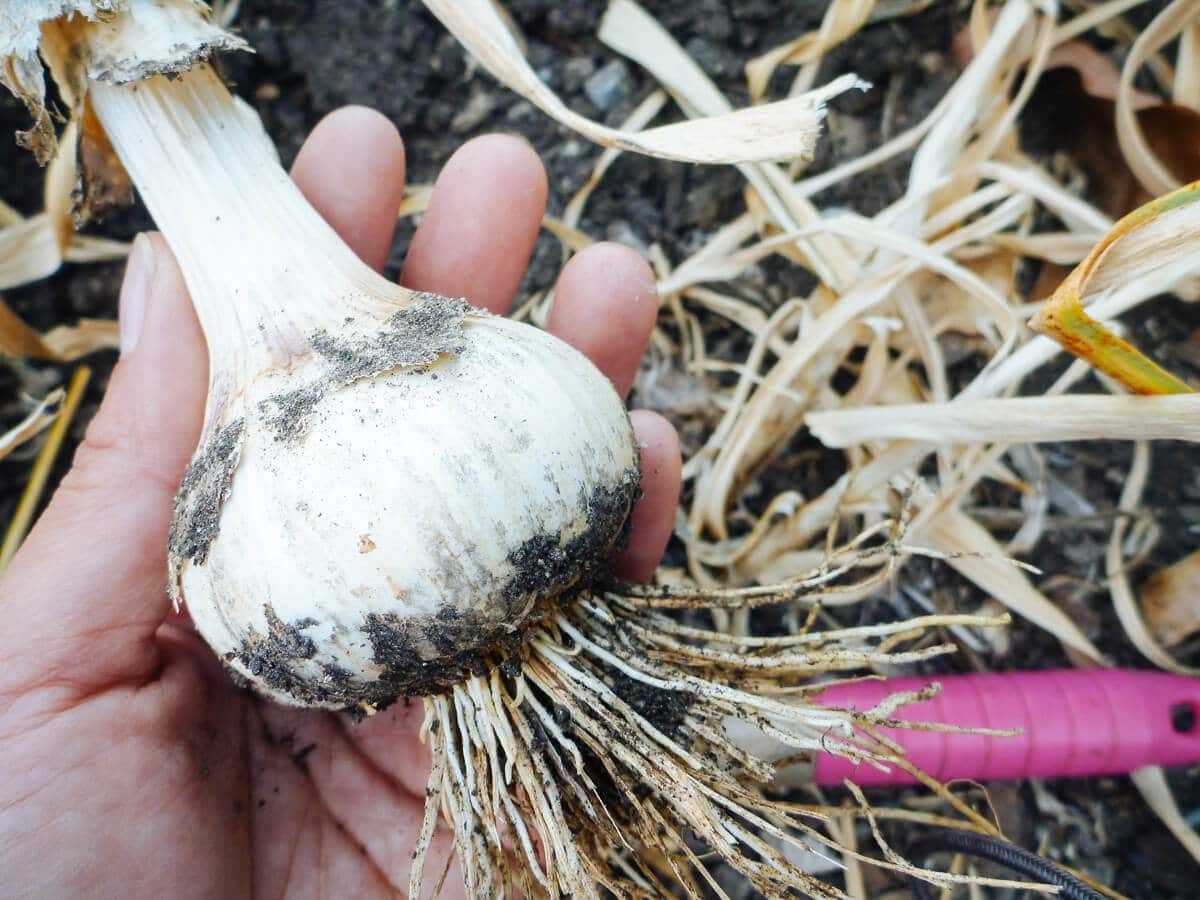
Peronosporosis is a fungal disease that affects garlic plants, causing significant damage to their growth and overall health. It is caused by the pathogen Peronospora destructor, which thrives in cool and humid conditions.
When garlic plants are infected with peronosporosis, they display a range of symptoms that can vary depending on the severity of the infection. The most common signs of this disease include yellowing and wilting leaves, stunted growth, and a decline in bulb size and quality. In severe cases, the garlic bulbs may become completely rotted and unusable.
The impact of peronosporosis on garlic plants goes beyond aesthetic and economic losses. Infected plants are weakened and more susceptible to other diseases and pests. Additionally, the decrease in bulb quality reduces the market value of the garlic crop, leading to financial losses for farmers.
Prevention and Control
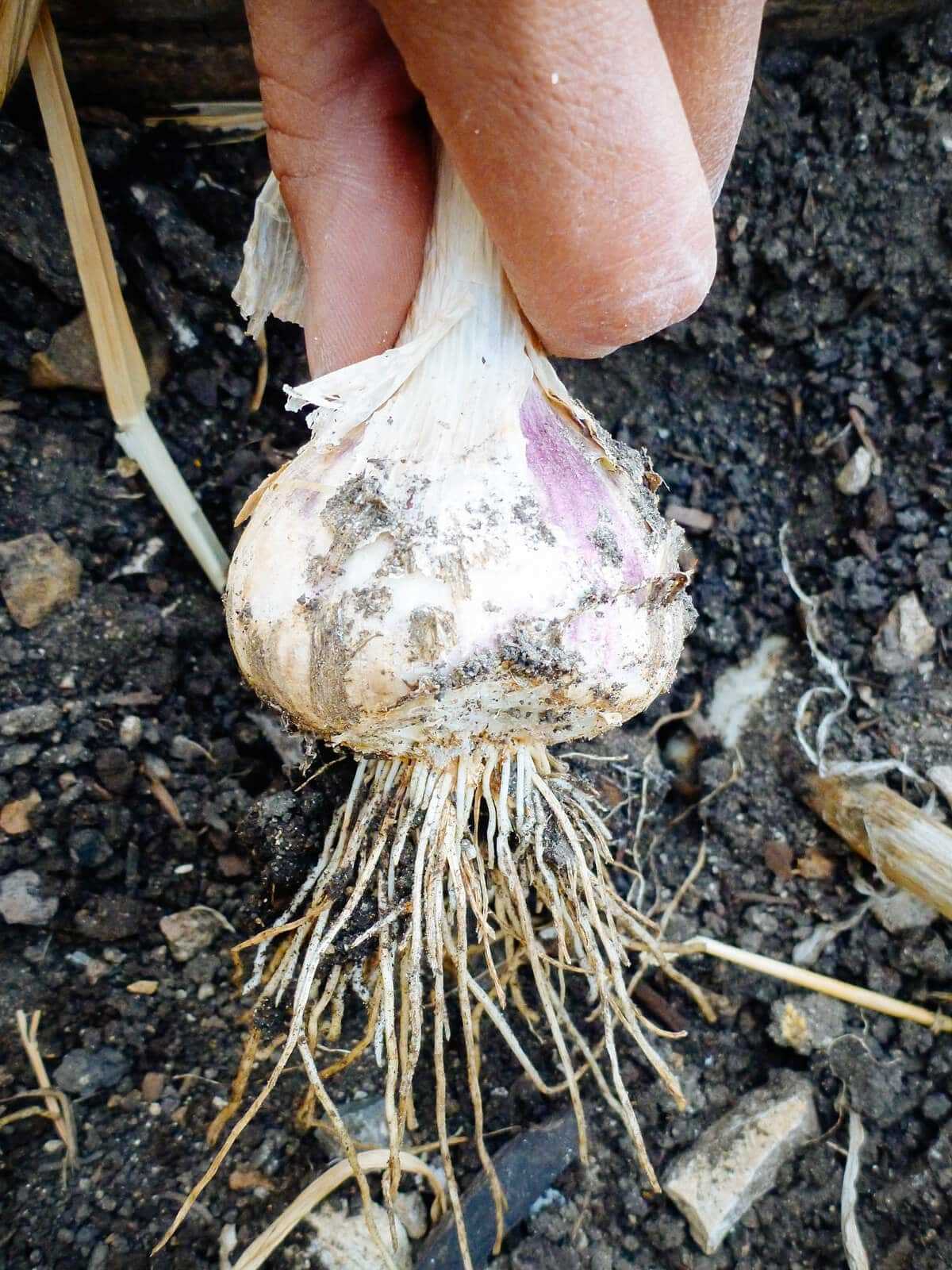
To protect garlic plants from peronosporosis, it is crucial to implement preventive measures and early intervention strategies. Here are some recommended practices:
- Sanitation: Make sure to remove and destroy any infected plant material, including leaves, stems, and bulbs. Proper disposal of infected plants can help prevent the spread of the disease.
- Crop Rotation: Rotate garlic crops with other non-allium plants to break the disease cycle. This practice can reduce the build-up of pathogens in the soil and decrease the likelihood of reinfection.
- Good Drainage: Ensure that the garlic field has proper drainage to prevent excess moisture accumulation, which creates favorable conditions for the growth of peronosporosis pathogens.
- Avoid Overhead Irrigation: Water the garlic plants at the base to minimize the chances of wet foliage, as this can promote the development of peronosporosis.
- Fungicides: In severe cases or when preventive measures are not enough, the use of fungicides can help control peronosporosis. However, it is important to follow the instructions and guidelines provided by local agricultural authorities for safe and effective application.
Conclusion
Peronosporosis is a significant threat to garlic plants, causing damage to their growth and reducing bulb quality. Implementing preventive measures and taking timely action can help protect garlic crops from this destructive disease. By practicing good hygiene, crop rotation, and proper irrigation methods, farmers can minimize the impact of peronosporosis and ensure the health and productivity of their garlic plants.
Early Detection of Peronosporosis: Identifying Symptoms
Peronosporosis, also known as downy mildew, is a common fungal disease that affects garlic plants. It can have a devastating impact on the crop if not detected and treated early. In order to effectively manage this disease, it is important to be able to identify the symptoms of peronosporosis in garlic plants.
Yellowing and Wilting Leaves
One of the first signs of peronosporosis in garlic plants is the yellowing and wilting of leaves. Infected plants will often exhibit yellow patches or streaks on the leaves, which eventually turn brown and wilt. This symptom can be easily mistaken for nutrient deficiency or water stress, so it is important to closely inspect the plants for other symptoms.
Fuzzy Growth on the Underside of Leaves
Another characteristic symptom of peronosporosis is the presence of fuzzy growth on the undersides of leaves. This growth is actually a mass of spores produced by the fungus. It may appear as a downy or powdery layer and is usually white or grayish in color. To check for this symptom, carefully flip over the leaves and examine the underside using a magnifying glass if necessary.
Purple or Brown Lesions on Stems and Bulbs
As the disease progresses, garlic plants may develop purple or brownish lesions on the stems and bulbs. These lesions are often sunken and can vary in size. They may start as small spots and enlarge over time. It is important to note that these symptoms can also be caused by other diseases or mechanical damage, so additional testing may be needed to confirm peronosporosis.
Stunted Growth and Reduced Yield
If left untreated, peronosporosis can severely stunt the growth of garlic plants and lead to a significant reduction in yield. Infected plants may appear smaller and less vigorous than healthy plants. The bulbs may also be smaller in size and have a reduced number of cloves. It is important to compare the growth and yield of infected plants to those of healthy plants for accurate diagnosis.
Summary
Early detection of peronosporosis in garlic plants is crucial for effective management of the disease. By being able to identify the symptoms of peronosporosis, such as yellowing and wilting leaves, fuzzy growth on the undersides of leaves, purple or brown lesions on stems and bulbs, as well as stunted growth and reduced yield, growers can take appropriate actions to prevent the spread of the disease and minimize crop losses.
Preventing Peronosporosis: Strategic Measures for Garlic Farmers
Peronosporosis, also known as downy mildew, is a fungal disease that can have devastating effects on garlic crops. To protect your garlic plants from this disease and ensure a successful harvest, it is important to implement strategic preventive measures. Here are some key steps that garlic farmers can take to prevent peronosporosis:
1. Crop Rotation
Practicing crop rotation is crucial in preventing the spread of peronosporosis. Avoid planting garlic in the same field or area for consecutive years, as this can lead to a buildup of the disease’s spores in the soil. Instead, rotate garlic crops with other non-allium crops, such as legumes or grains, to break the disease cycle.
2. Sanitation
Maintaining good sanitation practices is essential for preventing the spread of peronosporosis. Remove and destroy any infected plant debris, as the pathogen can survive on fallen leaves, stems, and bulbs. Regularly clean and disinfect gardening tools and equipment to prevent cross-contamination.
3. Resistant Varieties
Utilize garlic varieties that have been bred for resistance to peronosporosis. Resistant varieties may not eliminate the disease completely, but they can significantly reduce its impact and spread. Consult with local agricultural extension services or experienced garlic growers to identify suitable resistant garlic varieties for your area.
4. Proper Plant Spacing
Avoid overcrowding garlic plants, as this can create favorable conditions for disease development. Plant garlic cloves or bulbs at recommended spacing distances to allow for adequate air circulation and sunlight penetration. This helps to minimize the humidity levels that promote the growth and spread of the peronosporosis pathogen.
5. Irrigation Management
Proper irrigation management is crucial for preventing peronosporosis. Avoid over-watering garlic plants, as excessive moisture can create a favorable environment for the disease. Utilize irrigation methods that deliver water directly to the soil rather than overhead sprinklers to minimize leaf wetness and reduce the risk of infection.
6. Fungicide Applications
In severe cases or when other preventive measures are not sufficient, fungicide applications may be necessary. Consult with local agricultural experts or extension services to determine the appropriate fungicides for peronosporosis control in garlic crops. Follow the recommended application rates and timings to ensure effective disease management while minimizing environmental impact.
Implementing these strategic preventive measures can greatly reduce the risk of peronosporosis and safeguard your garlic crops. By taking proactive steps to protect your plants, you can ensure a healthy and productive garlic harvest.
Choosing Resistant Garlic Varieties: Building a Strong Defense
When it comes to protecting your garlic crop from peronosporosis, choosing resistant varieties is an important step in building a strong defense. By selecting garlic varieties that have proven resistance to this common fungal disease, you can significantly increase the chances of a successful harvest. Here are some factors to consider when choosing resistant garlic varieties:
1. Disease Resistance
- Look for garlic varieties that are specifically labeled as resistant or tolerant to peronosporosis. These varieties have been bred or selected for their ability to withstand the disease.
- Check with local agricultural extension services or gardening organizations for recommendations on resistant garlic varieties that perform well in your region.
2. Genetic Diversity
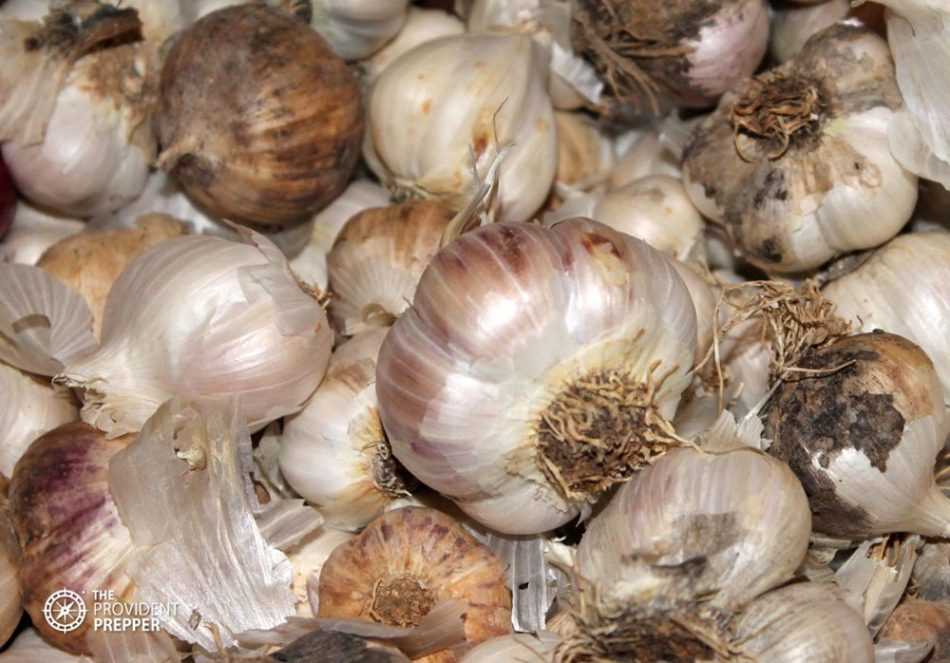
Planting a diverse range of garlic varieties can help reduce the overall impact of peronosporosis. Different varieties may have varying levels of resistance and susceptibility to the disease, so planting a mixture of resistant varieties can help ensure some level of protection.
3. Climate Adaptation
Consider the climate in your region when selecting garlic varieties. Some varieties may have better resistance to peronosporosis in certain climates. Look for varieties that have been bred or adapted for your specific growing conditions.
4. Field Observations
Take note of how different garlic varieties perform in your own garden or local area. If you notice certain varieties consistently showing resistance to peronosporosis, consider incorporating them into your planting rotation.
5. Disease Management Plan
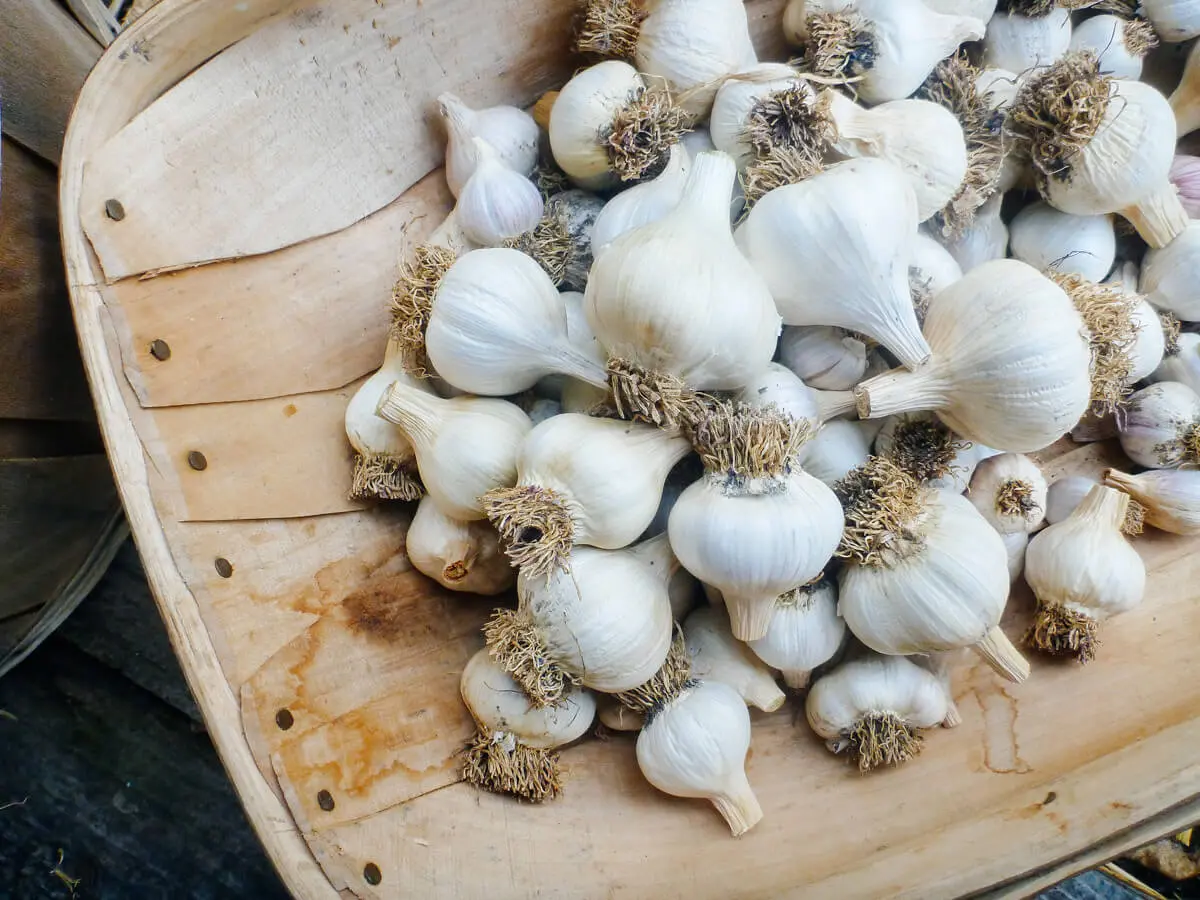
Remember that choosing resistant garlic varieties is just one part of a comprehensive disease management plan. Implementing good cultural practices, such as crop rotation, proper spacing, and maintaining good air circulation, can also help reduce the risk of peronosporosis.
By selecting resistant garlic varieties and implementing effective disease management techniques, you can build a strong defense against peronosporosis and increase the chances of a successful garlic harvest.
Optimizing Garlic Growing Conditions: Creating a Hostile Environment for Peronosporosis
1. Choose the Right Location
Select a well-drained site with full sun exposure for planting garlic. Avoid areas with poor drainage or where water tends to accumulate.
2. Prepare the Soil
- Ensure the soil is loose and friable to allow proper root growth. Break up any clumps or compacted soil using a garden fork or tiller.
- Amend the soil with organic matter such as compost or well-rotted manure to improve its structure and fertility.
- Test the soil pH and adjust it to the optimal range of 6.0 to 7.0 for garlic.
3. Practice Crop Rotation
Avoid planting garlic in the same location year after year. Rotating crops helps to reduce the buildup of pathogens in the soil, including the Peronosporosis-causing fungi.
4. Provide Adequate Spacing
Ensure proper spacing between garlic cloves during planting. This allows for air circulation and reduces the chances of disease spread. Cloves should be planted 4-6 inches apart in rows, with 12-16 inches between rows.
5. Implement Good Watering Practices
- Avoid overhead watering methods that can promote the spread of diseases like Peronosporosis. Instead, use drip irrigation or water directly at the base of the plants.
- Water garlic plants deeply and infrequently, ensuring the soil is consistently moist but not waterlogged.
6. Manage Weeds
Keep the garden free from weeds, as they can harbor pests and diseases. Use mulch or hand-pull weeds to prevent competition with garlic plants and reduce the risk of Peronosporosis infection.
7. Monitor for Signs of Disease
Regularly inspect garlic plants for any signs of disease, such as yellowing leaves or white fungal growth. Remove and destroy any infected plants or plant parts to prevent further spread.
8. Practice Good Harvesting and Storage Techniques
- Harvest garlic bulbs when the foliage begins to turn yellow and fall over.
- Cure harvested garlic in a warm, dry, and well-ventilated area to promote proper drying and reduce the risk of disease development.
- Store garlic bulbs in a cool, dark, and dry place, ideally with good air circulation, to prevent rot and fungal infections.
9. Keep Records
Maintain a garden journal to track planting dates, crop rotations, watering schedules, and any disease occurrences. This information can help identify patterns and make adjustments in future growing seasons.
10. Seek Professional Help if Needed
If your garlic plants are consistently affected by Peronosporosis despite following optimal growing practices, consult with a local agricultural extension office or a professional horticulturist for guidance on disease management in your specific region.
Effective Chemical Treatments: Controlling Peronosporosis Outbreaks
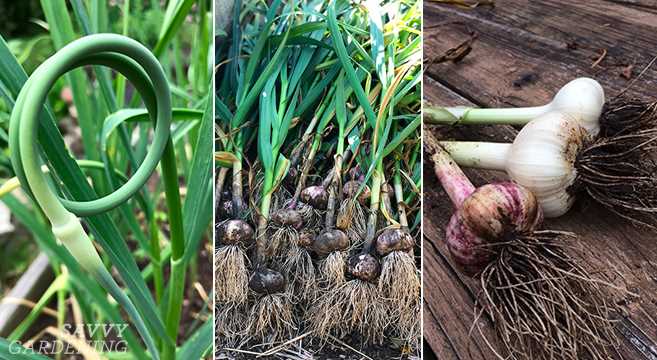
Controlling peronosporosis outbreaks in garlic crops requires effective chemical treatments. These treatments aim to prevent the disease from spreading and causing further damage to the plants. Several chemical products have been found to be effective in controlling peronosporosis, including:
- Copper-based Fungicides: Copper-based fungicides are commonly used to control peronosporosis. These fungicides work by inhibiting the growth of the pathogen, preventing it from infecting healthy garlic plants.
- Mancozeb: Mancozeb is a broad-spectrum fungicide that is effective against peronosporosis. It works by interfering with the pathogen’s respiration, ultimately causing its death.
- Dimethomorph: Dimethomorph is a systemic fungicide that inhibits the growth of the peronosporosis pathogen. It is commonly used in combination with other fungicides for optimal control.
When applying chemical treatments, it is crucial to follow label instructions carefully to ensure effective control of peronosporosis. The timing and frequency of application will vary depending on the severity of the outbreak and the specific chemical product used.
Application Guidelines
Here are some general guidelines for applying chemical treatments for peronosporosis:
- Begin treatments as soon as peronosporosis symptoms are observed, such as yellowing leaves and white fluffy growth on the undersides of the leaves.
- Apply the chemical treatments evenly on all the affected garlic plants and surrounding areas.
- Repeat the application according to the recommended interval specified on the product label. This is usually around 7-10 days.
- Make sure to cover both the upper and lower surfaces of the garlic leaves, as the pathogen primarily infects the undersides of the leaves.
- Avoid applying chemical treatments during hot and sunny weather, as this may cause phytotoxicity and damage the garlic plants.
Integrated Pest Management (IPM)
Chemical treatments should be used as part of an integrated pest management (IPM) approach. IPM combines multiple strategies, including cultural practices, biological controls, and chemical treatments, to effectively manage peronosporosis outbreaks.
It is important to regularly monitor the garlic crops for any signs of peronosporosis and take immediate action when symptoms are detected. Early intervention and the use of effective chemical treatments can help control peronosporosis and minimize its impact on garlic yields.
Natural Remedies: Organic Approaches to Combat Peronosporosis
Peronosporosis, also known as downy mildew, is a common fungal disease that affects a wide variety of plants, including garlic. While there are chemical fungicides available to treat this disease, many people prefer to use natural remedies and organic approaches to combat peronosporosis. These methods are not only effective but also safer for the environment and human health.
1. Crop Rotation
Crop rotation is a simple and effective method to prevent the spread of peronosporosis. By rotating garlic with other non-susceptible crops (such as beans, lettuce, or tomatoes), you can break the disease cycle and reduce the risk of infection. It is recommended to avoid planting garlic in the same area for at least two to three years to ensure the complete elimination of the fungus.
2. Proper Spacing and Air Circulation
Tightly packed plants create a conducive environment for the spread of peronosporosis. To combat this, ensure proper spacing between garlic plants to improve air circulation and reduce humidity levels. Good air circulation helps to dry out the foliage quickly, making it less susceptible to fungal infections.
3. Use of Organic Fungicides
There are several organic fungicides available in the market that can help control peronosporosis. These fungicides are made from natural ingredients, such as neem oil, copper-based solutions, or baking soda, which have anti-fungal properties. They are effective in suppressing the growth of the fungus and preventing further infections.
4. Regular Removal of Infected Leaves
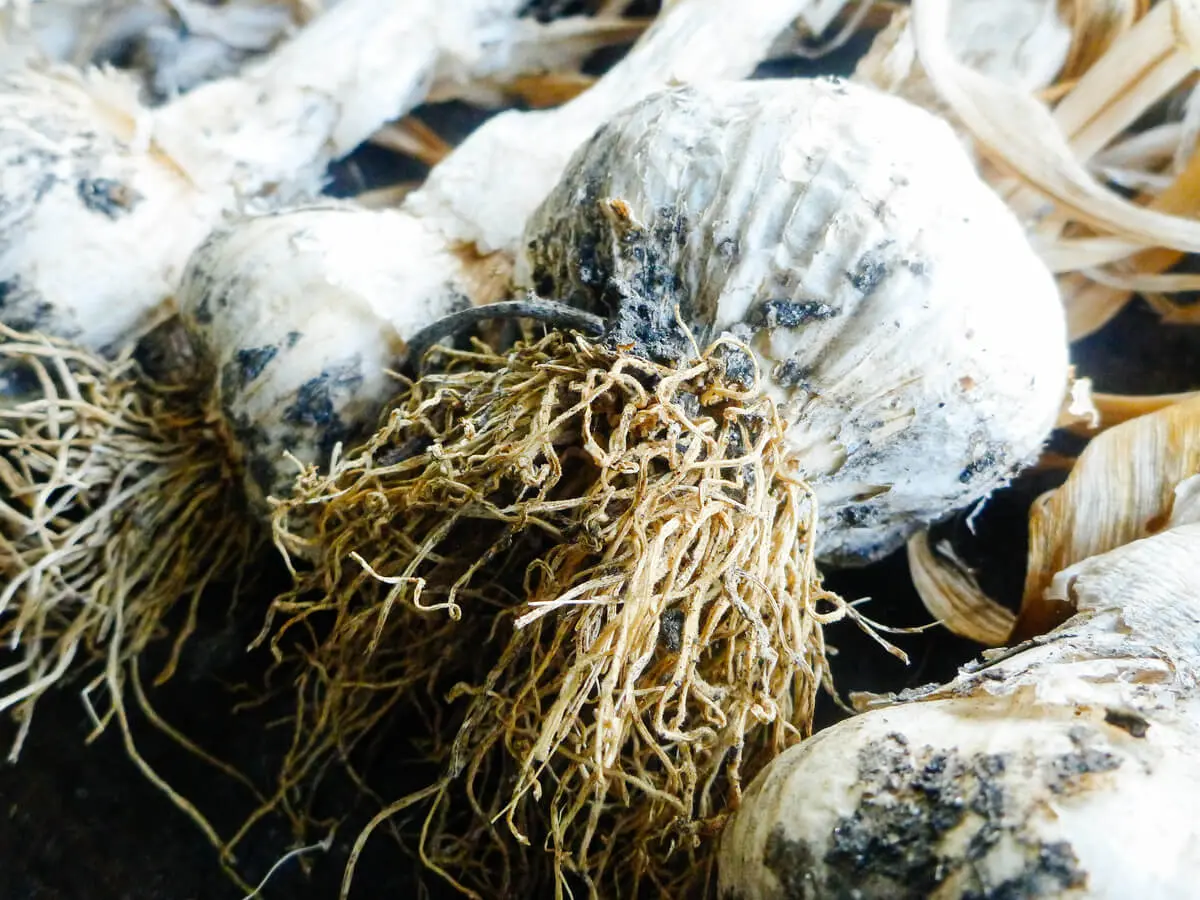
To prevent the spread of peronosporosis, it is crucial to remove infected leaves as soon as they are noticed. This helps to eliminate the source of the disease and reduce the chances of further infection. Remember to dispose of the infected leaves properly to avoid contamination.
5. Proper Watering Techniques
Overwatering can create a favorable environment for the growth of peronosporosis. To prevent this, practice proper watering techniques. Water the plants at their base and avoid wetting the foliage. This reduces the chances of spore germination and fungal growth on the leaves.
6. Use of Resistant Garlic Varieties
Choosing garlic varieties that are resistant to peronosporosis can significantly reduce the risk of infection. Look for garlic cultivars that have been specifically bred for resistance to this disease. These varieties have a higher chance of withstanding peronosporosis and can help minimize the need for fungicide applications.
Conclusion
By adopting these organic approaches and natural remedies, you can effectively combat peronosporosis without the use of harmful chemicals. Remember, early detection and prompt action are crucial in preventing the spread of this fungal disease. Implement these strategies, and your garlic plants will be better protected against peronosporosis.
Long-Term Management: Ensuring Peronosporosis-Free Garlic Crops Year after Year
While it is important to act fast and implement immediate measures to save garlic crops from peronosporosis, long-term management strategies are equally crucial for ensuring peronosporosis-free garlic crops year after year. By implementing these strategies, garlic farmers can significantly reduce the risk of peronosporosis and maintain healthy garlic crops over the long term.
1. Crop Rotation
One effective long-term management strategy is crop rotation. Garlic should not be planted in the same field for consecutive years, as this can promote the buildup of peronosporosis spores in the soil. Instead, farmers should rotate garlic crops with non-host crops such as legumes or grains. This helps to break the disease cycle and reduce the likelihood of peronosporosis infection.
2. Seed Selection
Choosing disease-free garlic seeds is essential for long-term peronosporosis management. Farmers should select high-quality garlic bulbs that show no signs of disease or infection. It is also advisable to obtain garlic seeds from reputable sources to ensure their health and disease resistance. By starting with healthy seeds, farmers can minimize the risk of introducing peronosporosis to their crops.
3. Sanitation Practices
Implementing strict sanitation practices is crucial for preventing peronosporosis and maintaining disease-free garlic crops year after year. Farmers should remove and destroy any infected plants or plant debris promptly. This includes removing infected leaves, stems, and bulbs, as peronosporosis can survive on plant debris and reinfect the crop in subsequent seasons.
4. Fungicide Applications
In addition to immediate treatment measures, periodic fungicide applications can be a part of long-term management strategies. Farmers should consult with agricultural experts to determine appropriate fungicides and application schedules for peronosporosis prevention. Regular application of fungicides can help control the spread of peronosporosis and protect garlic crops from infection.
5. Monitoring and Early Detection
Regular monitoring of garlic crops is vital for early detection of peronosporosis. Vigilance enables farmers to identify any signs of infection and take immediate action. By regularly inspecting the crop for yellowing leaves, white fungal growth, or other symptoms of peronosporosis, farmers can implement control measures early on and prevent the spread of the disease to neighboring plants.
By implementing these long-term management strategies, garlic farmers can ensure peronosporosis-free garlic crops year after year. With proper crop rotation, seed selection, sanitation practices, fungicide applications, and monitoring, farmers can significantly reduce the risk of peronosporosis and maintain healthy and productive garlic crops for the long term.
“Question-Answer”
What is peronosporosis?
Peronosporosis is a fungal disease that affects garlic plants, causing yellowing of foliage and eventual death if left untreated.
How can peronosporosis be prevented?
Peronosporosis can be prevented by practicing good agricultural practices, such as proper spacing between the garlic plants, ensuring adequate air circulation, and avoiding over-watering. Applying fungicides early in the season can also help prevent the disease.
What are the symptoms of peronosporosis?
The symptoms of peronosporosis include yellowing and wilting of leaves, white powdery growth on the undersides of leaves, and stunted growth. The disease can also cause rotting of the bulbs.
What should I do if my garlic plants are infected with peronosporosis?
If your garlic plants are infected with peronosporosis, it is important to act fast. Remove and destroy the infected plants to prevent the spread of the disease. You should also make sure to disinfect any tools or equipment that came in contact with the infected plants to avoid spreading the spores.
Can peronosporosis be cured?
Unfortunately, there is no cure for peronosporosis once the plants are infected. The best course of action is prevention and early intervention to minimize the impact of the disease on your garlic crop.







